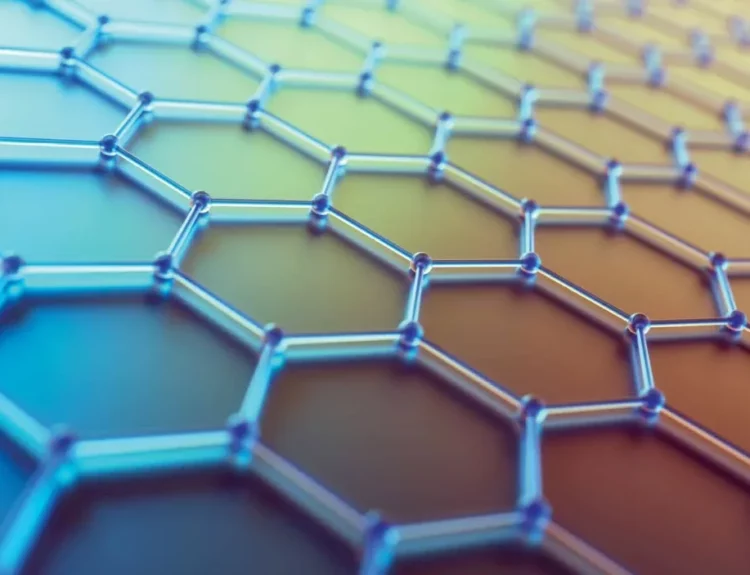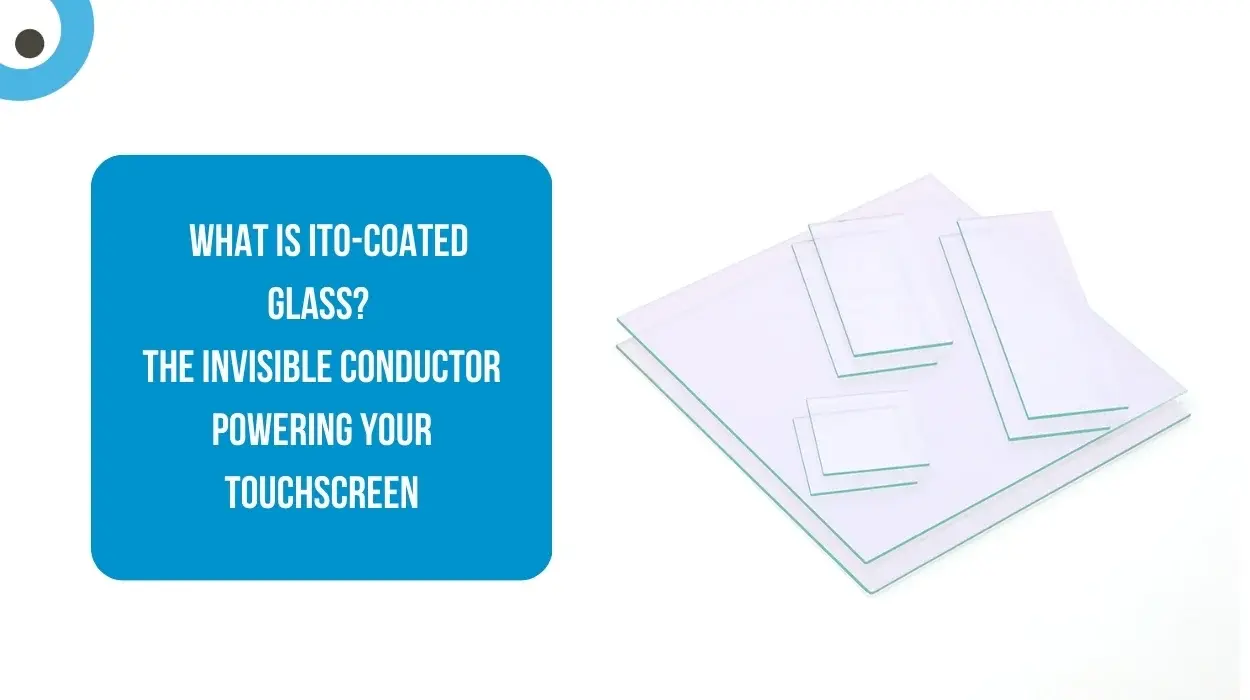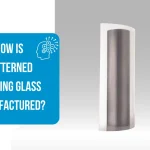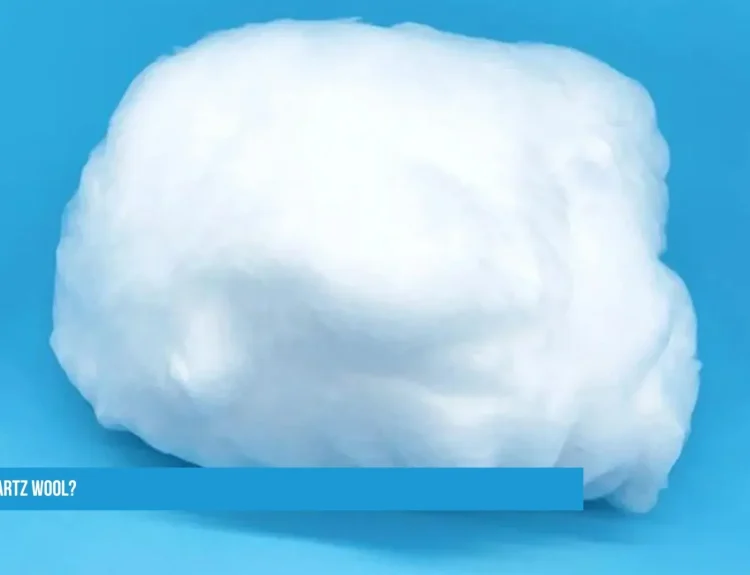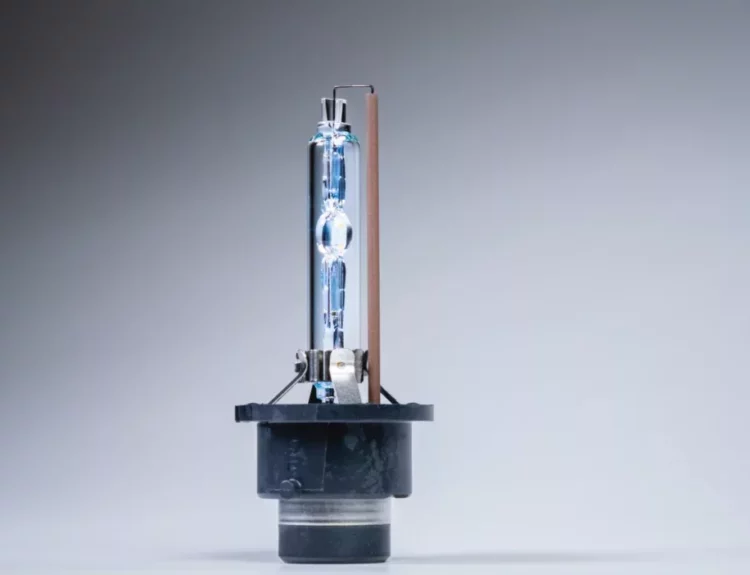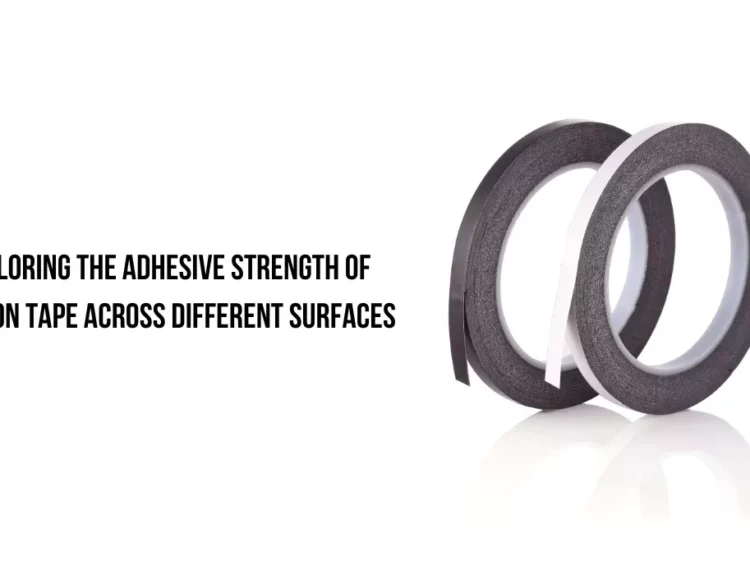Look at the screen you’re reading this on. If it’s a smartphone, tablet, or modern laptop, you’re likely touching it right now. But have you ever wondered how your device knows you’re touching it? The magic isn’t just in the code; it’s in a remarkable, nearly invisible material called ITO-coated glass.
Let’s break down what it is, how it works, and why it’s so essential.
The Name Says It All: Indium Tin Oxide
- First, the acronym: ITO stands for Indium Tin Oxide.
- Glass: This is the clear, rigid base you expect. It’s the window.
- Coated: This means the glass has a skinny, special layer applied to it.
- Indium Tin Oxide: This is the secret sauce. It’s a transparent mixture of the rare metal indium and tin oxide.
- When you combine them, you create a material with two superpowers that are crucial for touchscreens:
- It’s Transparent. You can see right through it, just like plain glass.
- It’s Electrically Conductive. It can carry an electrical current.
- It’s this rare combination that makes ITO Coated Glass the invisible workhorse of modern technology.
How Does It Make Touchscreens Work?
Most modern touchscreens (the kind called “capacitive”) work by sensing the electrical properties of your finger.
Imagine the ITO coating is like an invisible grid of electrical wires too small to see. Here’s a simple step-by-step:
The Electrical Field: The ITO coating has a tiny electrical current running through it, creating a uniform electrostatic field across the screen.
The Interruption: Your finger is also slightly conductive. When you touch the screen, you interrupt this electrical field at a particular point.
The Pinpoint: The device’s controller chip detects this minute change in electrical charge at that point on the grid.
The Action: The chip calculates the exact coordinates (X and Y) of your touch and tells the software to respond—whether it’s opening an app, typing a letter, or scrolling.
All of this happens in milliseconds. Without the transparent ITO layer to create that initial electrical field, your screen wouldn’t be able to “feel” your finger.
Where Else Do You Find This “Invisible Conductor”?
While touchscreens are the most famous application, ITO Coated Glass is everywhere you need to see through something, but also control electricity:
LED and OLED Displays: Your flat-screen TV, computer monitor, and smartphone display itself use ITO as a transparent electrode to light up each pixel.
Smart Windows: These windows can change from clear to tinted at the flip of a switch, using an electrical current passed through an ITO coating.
Solar Panels: Many solar cells use ITO as a top layer to collect electrical current while allowing sunlight to pass through to the energy-generating layers below.
Anti-Fog Glass: In car rearview mirrors or freezer doors, a transparent ITO layer can be heated with electricity to prevent condensation from forming.
The Challenges: Why Are Companies Looking for Alternatives?
ITO is brilliant, but it’s not perfect. The search for alternatives is a big deal in the tech world for a few reasons:
Cost: Indium is a rare element. It’s expensive to mine and process, making ITO a costly material.
Brittleness: ITO is a ceramic material. While the glass is rigid, the ITO coating itself can be brittle and crack under stress. This is a problem for the future of flexible and foldable screens.
Processing: Creating ITO coatings requires high-temperature vacuum processes, which can be complex and energy-intensive.
Scientists are actively developing alternatives like:
Silver Nanowires: Tiny, flexible wires that form a conductive mesh.
Graphene: A single layer of carbon atoms that is highly conductive, strong, and transparent.
Conductive Polymers: Special plastics that can carry electricity.
For now, however, ITO remains the dominant and most reliable technology, powering billions of devices worldwide.
The Invisible Hero
So, the next time you effortlessly swipe, zoom, and tap on your device, take a moment to appreciate the invisible marvel that makes it all possible. ITO-coated glass is a perfect example of how a clever material science innovation a see-through conductor can quietly revolutionize the way we interact with technology.
